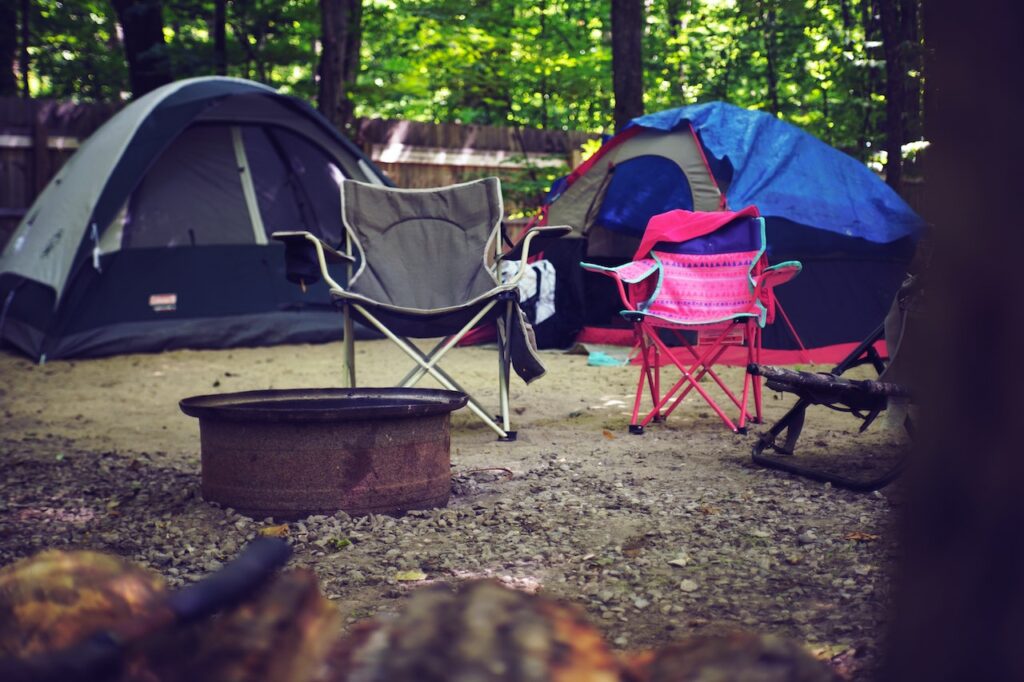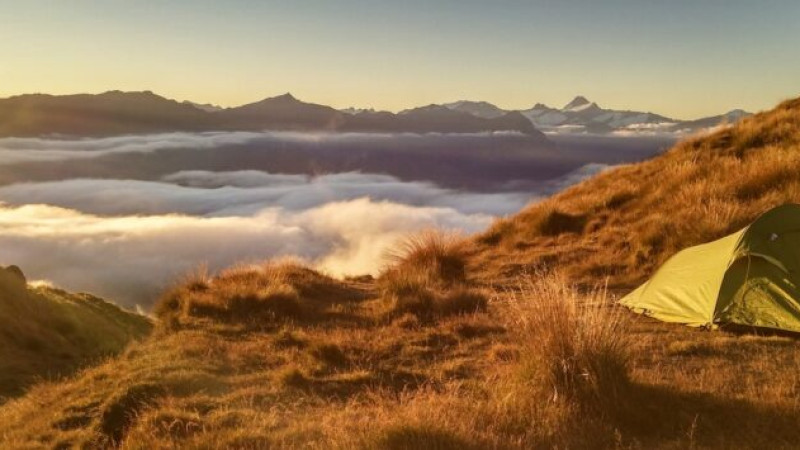Now we’ve entered the off-season for camping the hills and campsites are only occupied with the hardcore campers willing to brave the cold, wet, winter weather.
However, for the rest of us, it means our camping gear is getting packed away, not to be touched again for months. Storing your camping gear for long periods of time is not as simple as you might think, and if you get it wrong there is the potential to cause damage to your equipment.
So in this article we’ll take you through how you should be storing your camping gear in the off-season.
Make sure it’s dry
Moisture is probably the most common way camping gear is damaged during storage. Whether this is mould and mildew on your fabrics, or rust on your pots and pans, moisture will find a way to damage your gear.
This is particularly common with camping equipment, as it is so often slightly wet from the elements last time you packed it away.
For this reason, the most important thing you can do before storing your equipment is to make sure it has been left out to dry completely before storing. For a tent, this will often mean pitching it out on a dry surface and leaving it to dry, or hanging it up, making sure that all parts of the tent are getting airflow, and space to dry properly.
Make sure it’s clean
Dirt and grime can also degrade your fabrics and zips over time, so it’s important to keep your gear clean. We don’t need to tell you how to wash your pots, pans, and plates after use. However, a lot of your other gear will be using technical fabrics, which will need some special care.
For this reason you should check your labels, or care instructions for each individual item you’re cleaning. When cleaning anything waterproof (e.g. a tent or clothing) you shouldn’t wring out the fabric or use hot water to wash it or put it in the tumble dryer. All of this can damage the waterproofing.
If you have a down sleeping bag, or jacket then this will need special care. You can’t use your normal detergent as this will strip out natural oils on the feathers, which will in turn make them more susceptible to moisture, and will mean the down doesn’t insulate as well. Unless your down item is smelling bad, or has visible dirt, then not washing it might cause less harm than washing it.

Where to store
Pretty much all camping gear should be stored in a cool (but not too cold), dry, dark place. Under your bed, or in a cupboard are fine places, and if your loft doesn’t have dramatic temperature swings this should also be fine most of the time.
If you don’t have space in the loft then a storage unit is a perfect place to keep your gear out of the way. Just remember you can’t store camping fuel in a storage unit!
How to store
The general advice for technical fabrics is to not store them compressed for long periods of time. This is especially true of items which have down or other fill materials, as these can lose their loft if they’re compressed for months on end.
For down sleeping bags you will often get a box or sack that you can store them in loosely. For both jackets and sleeping bags you can also store these just hanging on a rail if you want, and not in a storage box.
For other items with technical fabrics, like tents, compression is still an issue though not as much as with filled-items. Check to see if the manufacturer has provided any storage instructions, but you can’t go wrong with loosely folding / rolling up these fabrics. What you don’t want to do is put undue strain on the fabrics, or have wear / friction on one place repeatedly.
That’s our guide on how to store your camping gear for the off season. If you look after your gear like this it should do you well for years of adventuring. And don’t forget that if you don’t have enough space for your gear in the house, you can always rent a storage unit to keep it protected.

